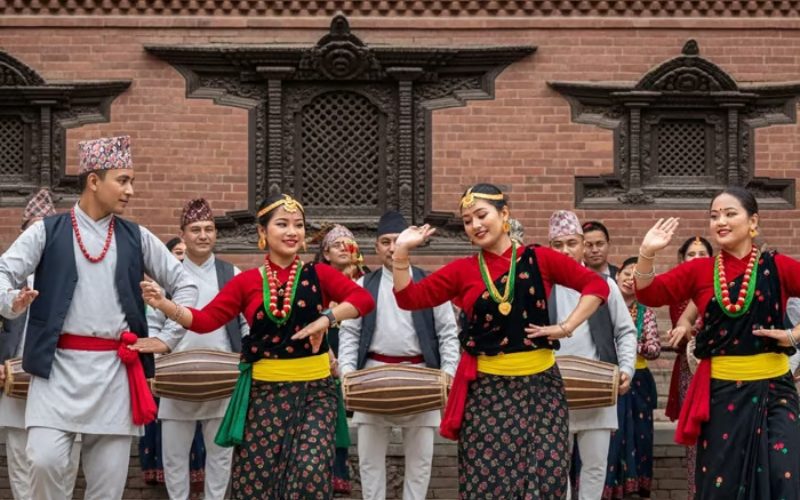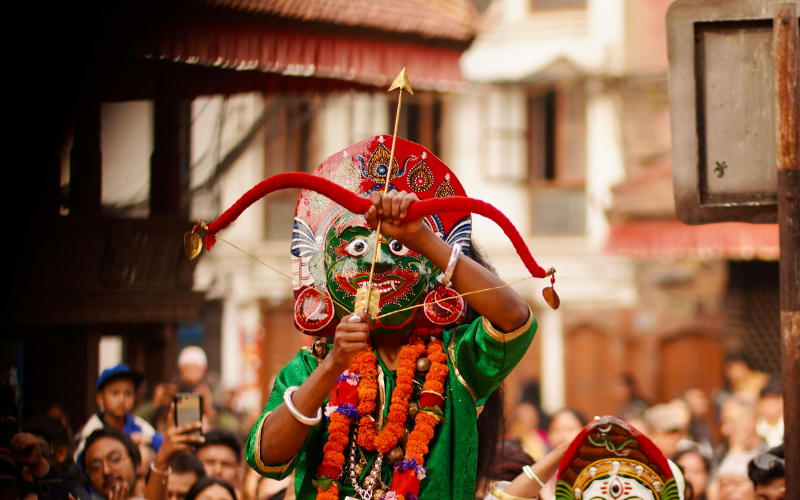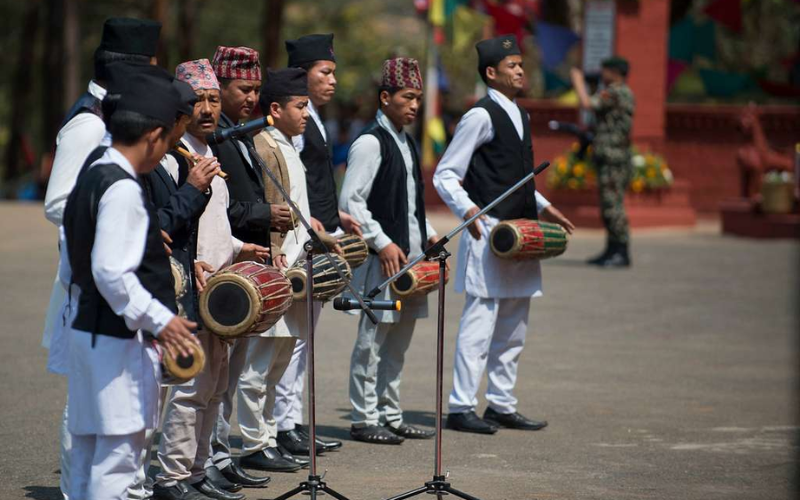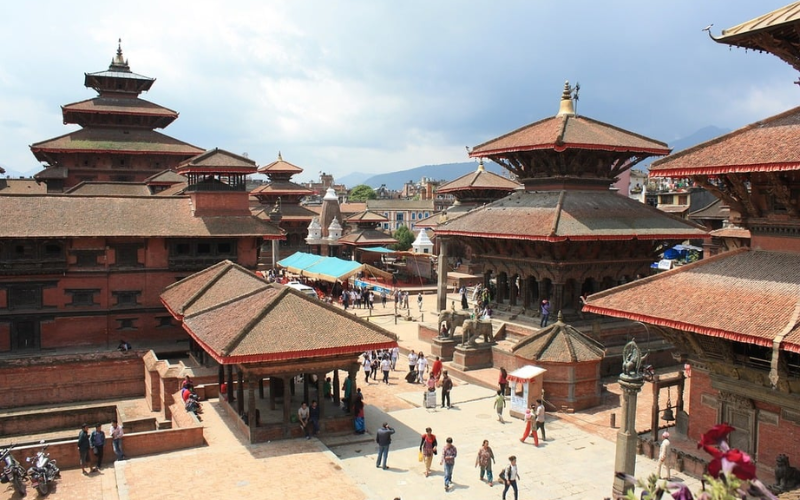Nestled between the soaring Himalayas and the fertile plains of India, Nepal is a country where ancient traditions, spiritual depth, and cultural diversity come together in remarkable harmony. Beyond its world-famous mountains, Nepal’s true charm lies in its living heritage — a vibrant blend of ethnic groups, languages, festivals, and artistry that continues to thrive in the heart of everyday life.
A Tapestry of Diversity
Nepal is one of the most culturally diverse nations on Earth. According to the 2021 national census, the country is home to 142 distinct ethnic groups and 124 recognised mother tongues. From the Sherpas of the Himalayas to the Tharus of the southern plains, each community contributes to Nepal’s rich cultural mosaic. Despite this diversity, a strong sense of unity and hospitality binds the nation together, reflected in its shared customs, music, and celebrations.

Festivals that Celebrate Life and Faith
Festivals in Nepal are not just annual events — they are expressions of faith, family, and community spirit that bring the nation to life throughout the year.
Dashain, the longest and most significant Hindu festival, celebrates the triumph of good over evil. Families reunite, elders bless younger generations with tika and jamara, and homes are filled with laughter, feasts, and joy.
Tihar, often known as the festival of lights, honours animals, siblings, and the goddess Laxmi with glowing oil lamps, vibrant rangoli designs, and lively songs.
Buddha Jayanti, marking the birth of Lord Buddha, fills Lumbini, his birthplace, with pilgrims and monks from around the world in a peaceful celebration of enlightenment.
Among the Newar community, traditional festivals such as Indra Jatra and Gai Jatra transform the streets of Kathmandu into a spectacle of masked dances, music, and colour, blending history and humour with devotion.
Buddha Jayanti, celebrated in Lumbini, marks the birth of Lord Buddha and attracts pilgrims from around the world.
Losar, the Tibetan and Sherpa New Year, fills mountain villages and monasteries with prayer flags, dances, and feasts.
Chhath Parva, dedicated to the Sun God, is celebrated mainly in the Terai region, where devotees stand in rivers and ponds offering prayers at sunrise and sunset.
Maghe Sankranti, marking the winter solstice, brings families together to enjoy festive foods like sesame and molasses.
Eid al-Fitr, celebrated by Nepal’s Muslim community, and Christmas, observed by Christians nationwide, further enrich the nation’s calendar with joy, unity, and faith.
These celebrations reflect the spirit of religious harmony, where Hindus, Buddhists, Kirats, Muslims, and Christians celebrate side by side — a hallmark of Nepal’s inclusive culture.

Art, Architecture, and Timeless Craftsmanship
The Kathmandu Valley is a living museum of art and architecture. Its three ancient royal cities — Kathmandu, Patan, and Bhaktapur — each boast a Durbar Square, designated as UNESCO World Heritage Sites. Here, intricately carved wooden windows, pagoda-style temples, and majestic courtyards bear witness to centuries of artistic mastery.
Sacred landmarks such as Swayambhunath (the Monkey Temple) and the Boudhanath Stupa embody Nepal’s deep spiritual heritage. Pilgrims walk clockwise around these shrines, spinning prayer wheels and lighting butter lamps in quiet devotion.
Traditional Nepali arts remain deeply rooted in religious expression. Thangka paintings, metalwork, pottery, and handwoven Dhaka fabrics all tell stories of faith, patience, and craftsmanship passed down through generations.

Tradition in Everyday Life
In Nepal, culture is not confined to temples or festivals — it lives in the warmth of daily life. A humble “Namaste”, offered with joined hands, is a universal greeting of respect and goodwill. Sharing food or tea symbolises friendship, and families remain the cornerstone of society, with strong intergenerational ties.
In rural villages, life follows the rhythms of the seasons. Songs, folk dances, and storytelling accompany agricultural cycles, ensuring that oral traditions and local wisdom endure in an age of change.

A Living Heritage
What sets Nepal apart is its ability to preserve tradition while embracing modernity. Ancient rituals are performed beside busy streets, and centuries-old temples stand proudly alongside modern cafés. This coexistence reflects Nepal’s resilience — a nation that honours its past while moving confidently into the future.
To visit Nepal is to experience more than scenic beauty — it is to immerse oneself in a culture that is as old as the mountains and as alive as the people who call them home. From sacred courtyards and timeless festivals to heartfelt hospitality and artistic wonders, Nepal invites the world to share in its enduring spirit.
PC:PICRYL, PxHere, Pexels,
Also Read